🎤 Interview with Marudice
2023年 6月 26日
We had the pleasure of speaking with Marudice about working on the topsy-turvy puzzle platformer, Invercity!
English (Translated)
Translated by Renkon
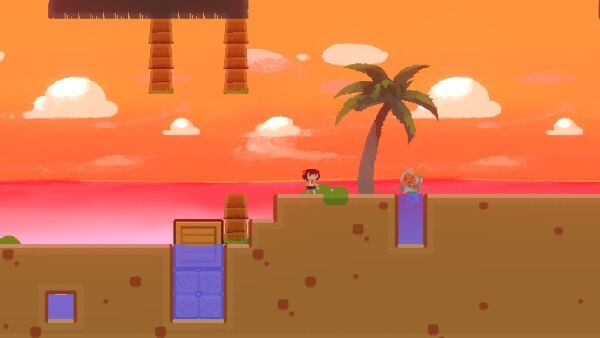
# Please tell us a little bit about yourself.
I am Marudice, the leader of an indie game dev team that is also called Marudice! We are proud of our innovative game design and our ability to see our projects to the finish line! We love participating in game jams!
# How did you get started making games?
When I entered university, I picked up a book on the C programming language out of curiosity. I was a big fan of video games, so I thought about making a game of my own and got hooked!
# What does your general game-making process look like?
Our planning stage is based on the game planning techniques shared by Unity Dojo. We write down all of our game ideas in a way that is clear and easy to grasp. If there is a good idea among them, we proceed to make a prototype. This process takes several hours.
For the prototype, we create a game sequence to be played for the first time by a small number of people that can be completed within a short time. Game jams and game shows are the best opportunities for this. If there is a good prototype among them, we proceed to turn it into a full release. This period lasts from one week to about one month.
For the full release, we add enough volume and polish to justify purchasing it as a product. This stage often involves additional staff, publishers, and translators. This process is complicated and lengthy, so it’s a bit hard to explain. (laughs) This period lasts from six months to two years.
I think the current process is… ideal. (laughs) It is my personal theory that I’ve updated over the course of making many games, and I’ve finally been able to put this into practice with our latest title. (laughs)
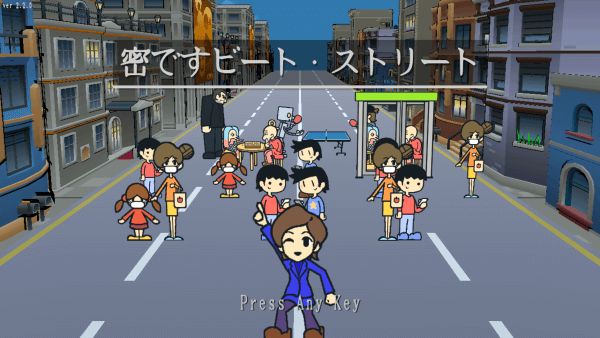
(2020) 蜜ですビート・ストリート (Mitsu Desu Beat Street)
# Can you tell us about some of your favorite games and genres?
I love action puzzle games, especially the Puyo Puyo series!
Enthusiasts of the genre love how games like Puyo Puyo and Tetris unfold dynamically, and for that reason, we consider Invercity an action puzzle game.
I also love platformers like Mario and Celeste, and crafting games such as Factorio and One Hour One Life. Recently I’ve been really into Splatoon. (laughs)
# We’ve enjoyed playing your various puzzle games. Can you recommend some other puzzle games you enjoy?
It’s quite famous, but I recommend Opus Magnum! For a lesser known game, Digital Upgrade: Decoded is also interesting!
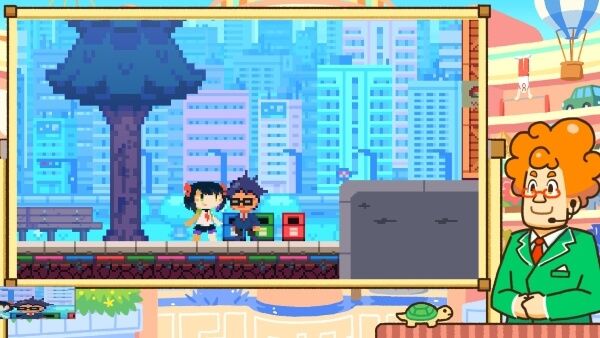
# Please tell us about Invercity!
Invercity is a puzzle action game where you solve puzzles by doing handstands. When you do a handstand, from your perspective, doesn’t it look like you’re dangling down from above? In this game, that is exactly what is happening.
The main character, Urara, can do handstands from anywhere, and doing so flips the gravity of everything else. When you press a certain switch, your buddy Mike will flip the news monitor. The game screen itself becomes reversed, and the world is turned upside-down.
It is a puzzle game that uses these gimmicks to clear stages.
The story is set in a city where the “Handstand Falling Phenomenon” causes objects to fall into the sky. Urara, the reporter, and Mike, the news announcer, are reporting on this mystery.
# You originally created Invercity for a game jam. Can you tell us what is the appeal of entering in game jams?
For game development beginners, the biggest draw is that they can experience the entire development process in a short period of time: from planning, developing, and completing the game, all the way to having others play it. Outside of game jams, you usually don’t get the chance to have many people play your games. (laughs)
For experienced developers, the deadline allows them to try out new ideas in a short period of time, increasing their stock of prototypes, and giving them the chance to reaffirm their status as game developers.
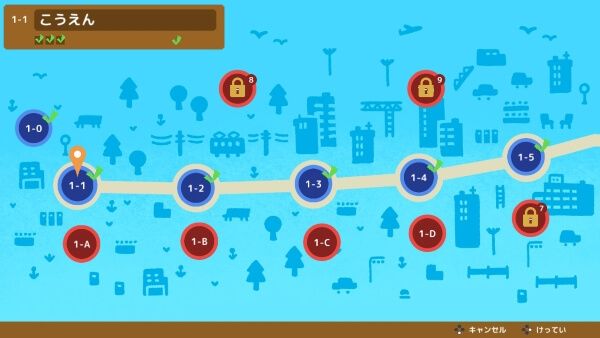
# What was your greatest influence when making Invercity?
The greatest influence was BoxBoy! Since it is a similar puzzle-platformer, we referenced it heavily when working on challenges to test the player’s ability, the level design, and the sequence structure of the game.
The visual design was influenced by Celeste. Since it is also a 2D action game with pixel art, we used things like the stage terrain and lighting as references for our work.
# What was the most challenging part of making Invercity?
It was difficult working with so many creators. Prior to Invercity, development was carried out by at most two people, but including things like the translation, this game involved around ten creators.
By putting into words what I wanted to have done and letting experts handle whatever they could do better, we were able to produce a better quality product more quickly than if I had tried to take it all on myself. For example, with the terrain art, we had an external artist create a background image for the stage screen, and that was integrated into the game as an asset by an internal staff member who was familiar with puzzle design and working with Unity.
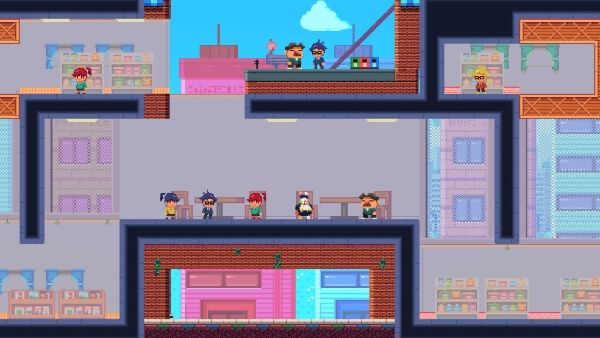
# When showing off Invercity at events, what kind of reaction did you get from players?
Immediately after playing through the opening of the Invercity demo, we heard comments like, “Wow…” And when they flipped the world, we heard, “Ohhhh!” There were many reactions like this. They were really interested in the puzzle gimmicks at the heart of this game.
And there were also a lot of people who said, “Cute!” when they glanced at the screen!
# Can you tell us about any other games you worked on in the past?
We made an action puzzle game called EQUALINE! It is a puzzle game where you connect numbers and mathematical symbols with a single stroke to do mathematics. It’s tough and highly competitive, and it’s a popular game among speedrunners.
We also released the puzzle adventure Treehouse Riddle for the Switch last year. You can enjoy a wide variety of puzzles and a story set in a mysterious treehouse.
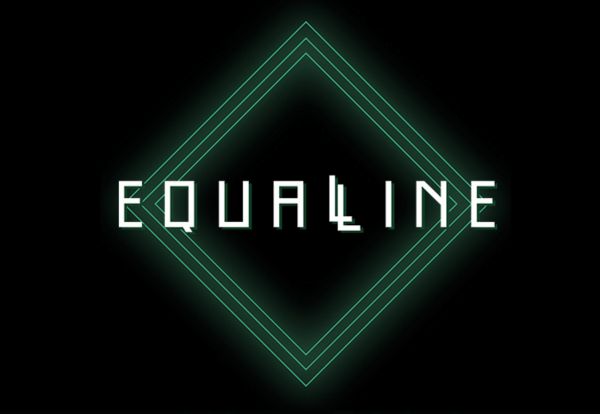
# Can you tell us about anything you are currently working on?
We are developing an adventure game called Recolit in collaboration with Image Labo. It is a heartwarming and slightly mysterious story of a boy in a spacesuit exploring a town at night.
And actually, we’re also secretly making a VR game. I can’t share any details!
# Do you have any messages for your players?
We will continue to make interesting games, so please cheer us on!
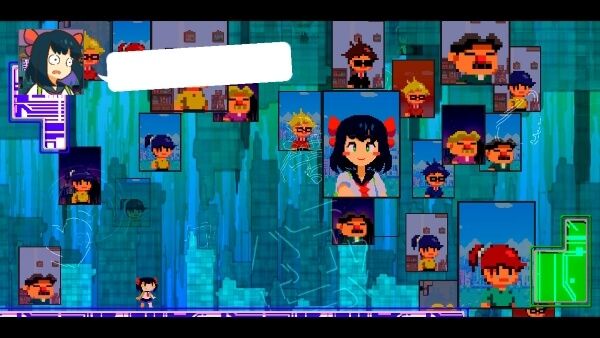
# Thank you for sharing your thoughts with us!
日本語

# 自己紹介してください。
インディーゲーム開発チーム丸ダイスのリーダーの丸ダイスです!斬新なバズるゲームデザインと、しっかり作り上げる開発力が自慢です!ゲームジャムの参加が大好きです!
# ゲーム作りを始めたきっかけはなんですか。
大学に入るころ、興味本位でC言語の本を手に取りました。大のゲーム好きだったので作ってみようと思ったらのめり込んでいました!
# ゲームを作るときに、どのようなプロセスで作成されていますか。
企画段階は、Unity道場で共有されているゲーム企画術をベースに、軸が明確でゲームプレイがイメージ出来る形に企画を必ず文書化します。その中で良い企画があればアルファ版に進みます。期間は数時間です。
アルファ版では、初見プレイが可能で短時間で遊べるゲームシーケンスを少人数で完成させます。ゲームジャムや展示会の機会があればベストです。その中で良いものがあれば本制作に進みます。期間は1週間~1ヶ月です。
本制作では、お金を払って購入する製品として十分なボリュームと品質を完成させます。追加のスタッフやパブリッシャー、翻訳者を巻き込むことも多いです。このプロセスは複雑で長いためちょっと説明が難しいです。(笑)期間は半年~2年です。
・・・というプロセスが、今は理想だと思っています。(笑)何作も作りながらアップデートされてきた持論なので、最新作でやっと大体これを実践出来たなというくらいですね。(笑)

# もしよろしければ、ご本人にとって一番好きなゲームや好きなジャンルをご紹介お願いします。
アクションパズルゲーム、特に「ぷよぷよ」シリーズが大好きです!
愛好家にとってはアクションパズルとは「ぷよぷよ」や「テトリス」などの動的に展開するパズルゲームのことで、開発した「さかだちの街」はパズルアクションと呼びます。
「マリオ」、「Celeste」のようなプラットフォーマーや、「Factorio」、「One Hour One Life」といったクラフトゲームも大好きで、最近は「スプラトゥーン」にハマっています。(笑)
# 丸ダイスさんにはいろんなパズルゲームなどで楽しませていただいています。おすすめのパズルゲームはありますか。
有名なゲームですが、「Opus Magnum」がおすすめです!有名ではないゲームでは、「Digital Upgrade: Decoded」も面白いですよ!

# この度の「さかだちの街」という作品についてご紹介お願いします。
「さかだちの街」は、さかだちを駆使してパズルを解くパズルアクションゲームです。さかだちって、逆さまに見ると上からぶら下がっているように見えますよね。本当にそうなってしまうゲームです。
主人公のウララはどこでも「さかだち」をすることが出来、自分以外の重力が逆になります。とあるスイッチを押すと相棒のマイクが放送モニターを「はんてん」させます。ゲーム画面そのものが逆になり、世界の上下が引っくり返ります。
こうしたギミックを活用してステージをクリアしていくパズルゲームです。
物語の舞台は、モノが空に落ちてしまう”サカダチ落下現象”が起きた街。リポーターのウララとアナウンサーのマイク、取材しながらナゾを追います。
# 「さかだちの街」は、ゲームジャムから生まれた作品と伺っています。ゲームジャムに参加することの魅力について教えてください。
開発初心者にとっては、企画、開発、完成、プレイしてもらうという開発の全プロセスを短期間で体験出来ることが一番の魅力です。自主的に短期開発を行っても、多くの人にプレイしてもらう機会は普通得られないですからね。(笑)
経験者にとっても、締め切り効果で新しいアイデアを短期間試すことで試作のストックを増やせますし、ゲーム開発者としてプレゼンスを保つ機会にもなります。

# 「さかだちの街」を作成するにあたり、最も影響を受けたものは何ですか?(例えば、ほかのゲームや映画など何でも構いません)
「ハコボーイ!」です。プレイヤー性能、追加チャレンジの設計、ゲームのシーケンス構造など、同じパズルプラットフォーマーとして大いに参考にしました。
絵作りの面では「Celeste」に多くの影響を受けました。ドット絵の2Dアクションとして、例えばステージ地形の輝度設計などは参考にしていました。
# 「さかだちの街」を作成するにあたり最も挑戦したことなどはありますか。
多くのクリエイターを開発に巻き込むことです。これ以前では開発はせいぜい2人で進めていましたが、本作は翻訳を含めて10人弱のクリエイターが関わっています。
やりたいことを言語化して専門家に任せるべき箇所を見極めることで、全て自分でなんとかするよりも早く、高品質な制作が実現出来ました。例えば地形アートにおいて、ステージ画面全体の絵作りは外部アーティストに絵として制作して頂き、アセットとしてゲームに統合する部分はパズルデザインやUnityに慣れている内部スタッフが行いました。

# 展示会など含め「さかだちの街」をプレイした方々のリアクションはどうでしたか。
体験プレイ開始直後の「さかだち」で「へぇ~」、「はんてん」が出てくると「おお~~」と驚く・・そういう方が多かったです。やはり、本作の軸になるギミックに興味を持って頂けているようでした。
また、パッと見た画面で「かわいい~」と言って頂けることも多かったですね!
# もしよろしければ、これ以外に作成したゲームについてご紹介お願いします。
「EQUALINE」というアクションパズルを作りました!数字と記号を一筆書きでつなげて「算数」をするパズルゲームです。ストイックで競技性が高く、RTAが盛り上がってる作品です。
その前の「Treehouse Riddle」というパズルアドベンチャーは昨年Switch版がリリースされました。ルールの異なる多くのパズルと、樹上の家の謎を追う物語を楽しめます。

# 今はどのようなプロジェクトを進めていますか。今作っているゲームなどをもしよろしければご紹介お願いします。
「Recolit」というアドベンチャーゲームをImage Laboと共同で開発しています。宇宙服を着た少年が夜の町を探索する、少し不思議で心暖まるアドベンチャーゲームです。
それと、実はこっそりVRのゲームを作っています。詳しくはヒミツです!
# プレイヤーの皆さんへ何かメッセージがあれば一言お願いします。
これからも面白いゲームをモリモリ作るので、応援よろしくお願いします!


